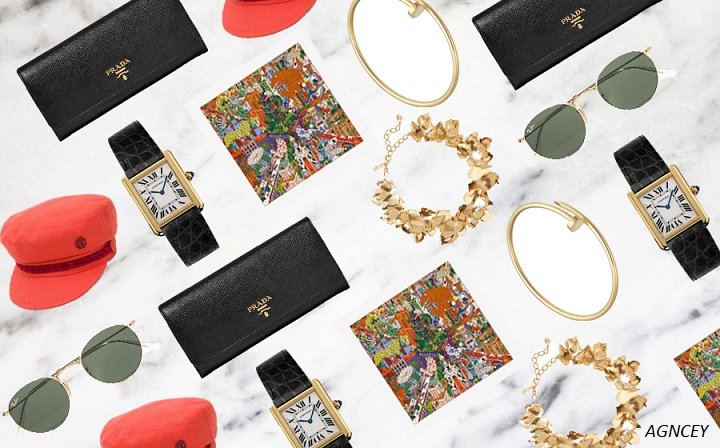Example Fashion Magazine Design Setting out on the travel of making a mold magazine is much like setting off on a bold undertaking. Fair as a prepared traveler plans fastidiously to guarantee an important trip, making a compelling mold magazine requires a well-thought-out plan brief. This direct will explore you through the fundamental components of a mold magazine plan brief, giving down-to-earth tips and illustrations to guarantee your distribution reverberates with your target audience.
What is a Design Magazine Plan Brief of Example Fashion Magazine Design

Imagine you’re around to investigate a modern city. You’d likely investigate the culture, points of interest, and nearby traditions to make the most of your visit. Essentially, a mold magazine plan brief is a comprehensive archive that diagrams the publication’s goals, target gathering of people, plan components, and particular rules. It serves as a guide, guaranteeing that architects, editors, and clients are adjusted on the magazine’s vision, tone, and aesthetics.
Charting the Course: Key Components of the Plan
Purpose and Objectives
Begin by characterizing the magazine’s mission. Are you displaying avant-garde mold, highlighting maintainable brands, or centering on road fashion? Clearly expressing your destinations will direct the substance and plan direction.
Target Audience of Example Fashion Magazine Design
Identify who you’re talking to. Are they youthful experts, design understudies, or industry insiders? Understanding your audience’s socioeconomics and inclinations guarantees the substance and plan request to them.
Content Structure of Example Fashion Magazine Design
Outline the sorts of substance you’ll feature—interviews, photo publications, drift reports, etc. Choose to adjust between visual and composed substance to keep up user engagement.
Visual Fashion and Branding
Specify the craved style. Ought the plan to be moderate, striking, or vintage-inspired? Incorporate rules on color plans, typography, and symbolism to keep up consistency.
Competitor Analysis
Study other design magazines in your specialty. Recognize what works and what doesn’t to carve out your interesting space in the market.
Budget and Timeline of Example Fashion Magazine Design
Establish a reasonable budget for planning, photography, and generation. Set a timeline with key turning points to keep the venture on track.
Packing the Fundamentals: Commonsense Tips for Making Your Plan Brief
- Be Particular: Dubious headings can lead to misinterpretations. Clearly verbalize your vision to maintain a strategic distance from confusion.
- Use Visual References: Incorporate temperament sheets or reference pictures to pass on the craved see and feel.
- Collaborate: Include key partners in the briefing handle to accumulate differing bits of knowledge and cultivate a sense of ownership.
- Stay Adaptable: Whereas it’s vital to have a plan, stay open to inventive proposals that might improve the last product.
Navigating Challenges: Common Pitfalls and How to Dodge Them

- Overcomplicating the Plan: Whereas inventiveness is key, guarantee that the plan doesn’t eclipse the substance. Point for a concordant balance.
- Ignoring Gathering of people Output: Post-launch, assemble peruser input and be arranged to make alterations in future editions.
- Neglecting Computerized Stages: In today’s computerized age, guarantee your plan is versatile for online designs and versatile devices.
Conclusion
Creating a design magazine is an energizing endeavor that requires cautious arranging and execution. A well-crafted plan brief acts as your compass, directing your group toward a cohesive and impactful distribution. By clearly characterizing your destinations, understanding your gathering of people, and keeping up open communication, you’ll be well on your way to creating a magazine that not only stands out in the showcase but also reverberates profoundly with readers.
Remember, much like travel, the world of design is ever-evolving. Remain inquisitive, grasp unused patterns, and do not be anxious to investigate strange domains in your planned travel. Secure travels!
FAQs
1. What is a design magazine plan brief?
A design magazine plan brief is a point-by-point archive sketching out the objectives, target group of onlookers, visual fashion, substance structure, and branding components of a design magazine. It serves as a direct guide for originators, editors, and partners to guarantee consistency and arrangement with the magazine’s vision.
2. Why is a plan brief imperative for a mold magazine?
A plan brief guarantees clarity, organization, and proficiency in the magazine creation preparation. It makes a difference to maintain a strategic distance from miscommunication, keep the venture on track, and guarantee that the last item adjusts with the brand’s character and gathering of people’s expectations.
3. What are the key components of a mold magazine plan brief?
- The fundamental components include:
- Purpose & Destinations – The magazine’s mission and goals.
- Target Gathering of people—Characterizing the perusers and their interests.
- Content Structure: Sorts of articles, photography, and features.
- Visual Fashion & Branding—Typography, color palette, and, by and large, aesthetics.
- Competitor Examination—Recognizing showcase holes and special positioning.
- Budget & Timeline – Setting monetary imperatives and venture deadlines.
4. How do I select the right visual fashion for my magazine?
Consider your target gathering of people and the message you need to pass on. Utilize disposition sheets, color brain research, and typography choices that adjust with your brand character. Examining effective competitors can moreover offer assistance to refine your stylish direction.
5. What are a few common botches to maintain a strategic distance from when making a plan brief?
- Vague or vague destinations – Be particular about what you need to achieve.
- Ignoring the target group of onlookers, Plan ought to resound with readers.
- Overloading with complex plans—straightforwardness and lucidity are key.
- Lack of adaptability – Permit room for imaginative advancement and alterations.


